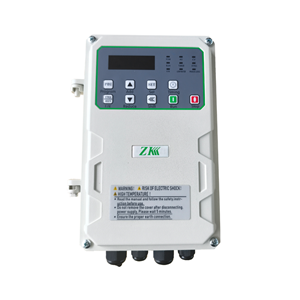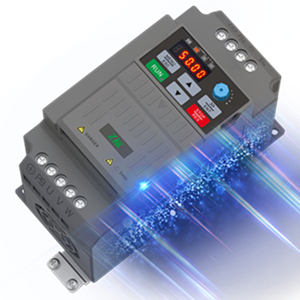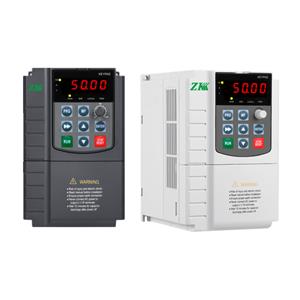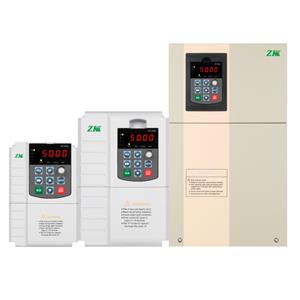Application Scenarios of Photovoltaic Inverters
Photovoltaic inverters have diversified application scenarios, adapting to the varying energy needs of different sectors and promoting the large - scale adoption of solar energy.
In the residential sector, small - power inverters (typically 1kW - 5kW) are the standard configuration. These compact devices are usually installed on the wall near the distribution box, connecting to rooftop solar panels (ranging from 2 to 10 panels). The converted AC power directly supplies household loads such as LED lights, washing machines, and air conditioners. In regions with net metering policies—like most states in the U.S., Germany, and Japan—excess power not used by the household is fed back into the grid, and the utility company credits the homeowner's account. A typical 3kW residential solar system with a grid - tied inverter can save homeowners 1,000 annually on electricity bills. Some advanced residential inverters also come with backup power functions, automatically switching to battery storage during grid outages to ensure essential appliances like refrigerators and medical equipment remain operational.
500−
In the commercial and industrial (C&I) sector, medium - to - high - power inverters (10kW - 500kW) are employed. Large factories, shopping malls, and office buildings often install solar arrays on their rooftops or vacant land, paired with central or string inverters. For example, a car manufacturing plant in Guangzhou uses 200 string inverters each with a 25kW capacity, connected to 10,000 solar panels, generating 3 million kWh of electricity annually—reducing the plant's electricity costs by $200,000 and cutting carbon emissions by 2,500 tons. Data centers, which have high - reliability power requirements, use hybrid inverters that combine solar power, battery storage, and grid power. These inverters ensure a seamless power supply, preventing downtime caused by grid failures and reducing reliance on diesel generators. Additionally, in remote areas without grid access—such as rural villages in Africa or mountainous regions in China—off - grid inverters paired with solar panels and batteries provide a reliable power source for lighting, communication, and basic household needs.
[Insert an image here of a residential rooftop with solar panels and the inverter box mounted on the side of the house, along with wires connecting them. Another part of the image could show a large industrial rooftop with a vast array of solar panels and a central inverter unit in one corner. The image should be well - lit and in color.]
Get the latest price? We'll respond as soon as possible(within 12 hours)
more products
News
Featured Products
Contact Details




